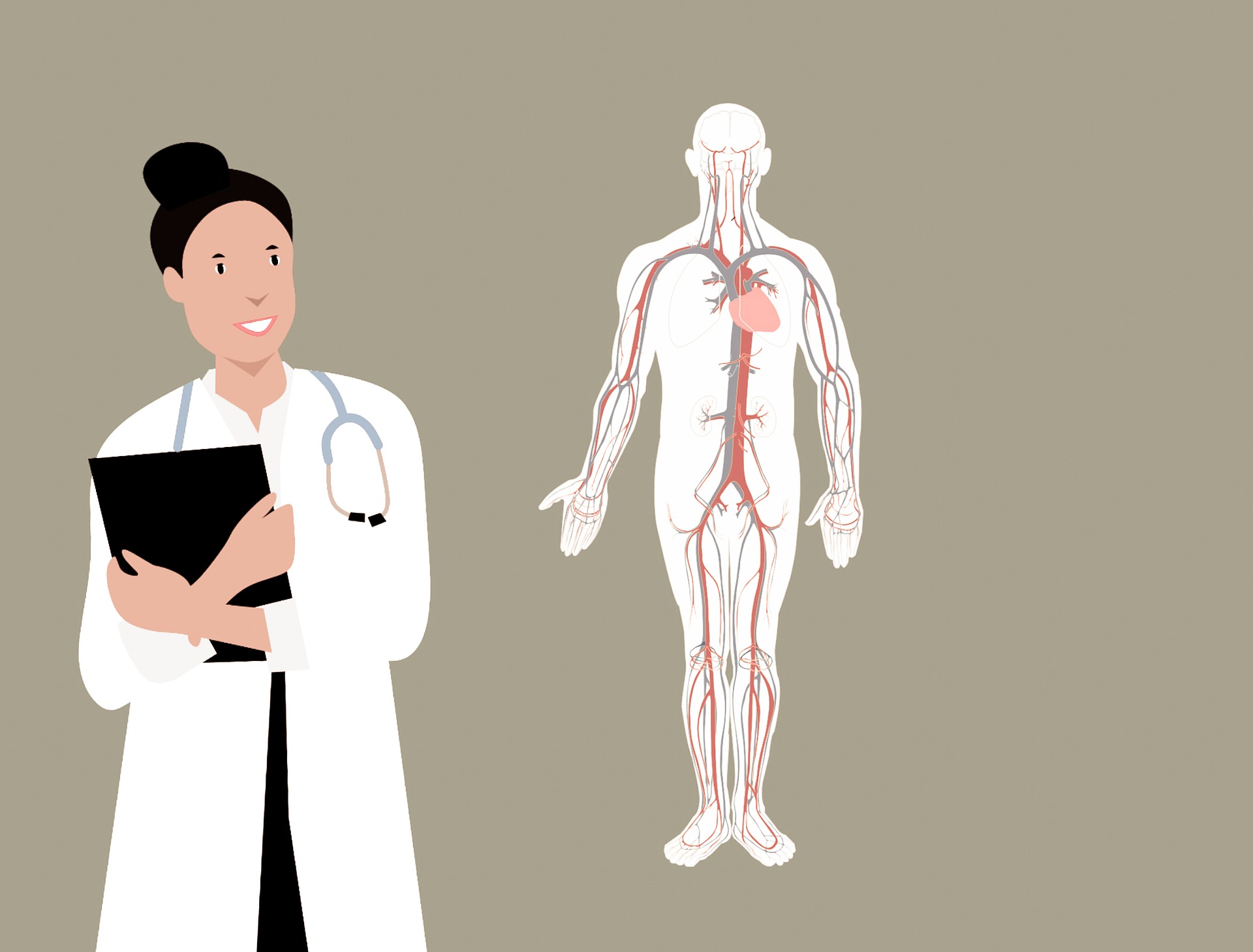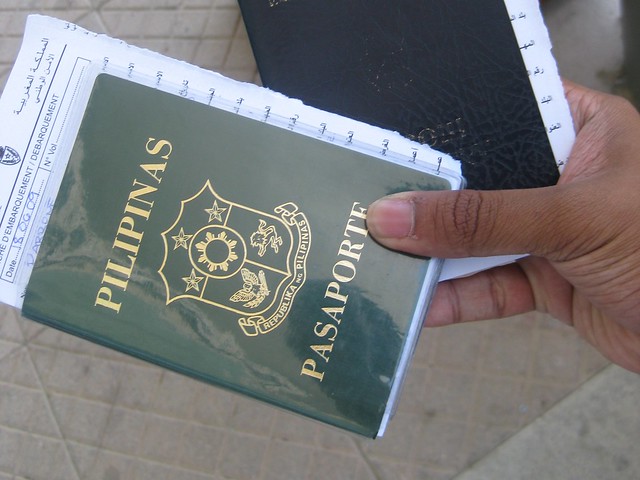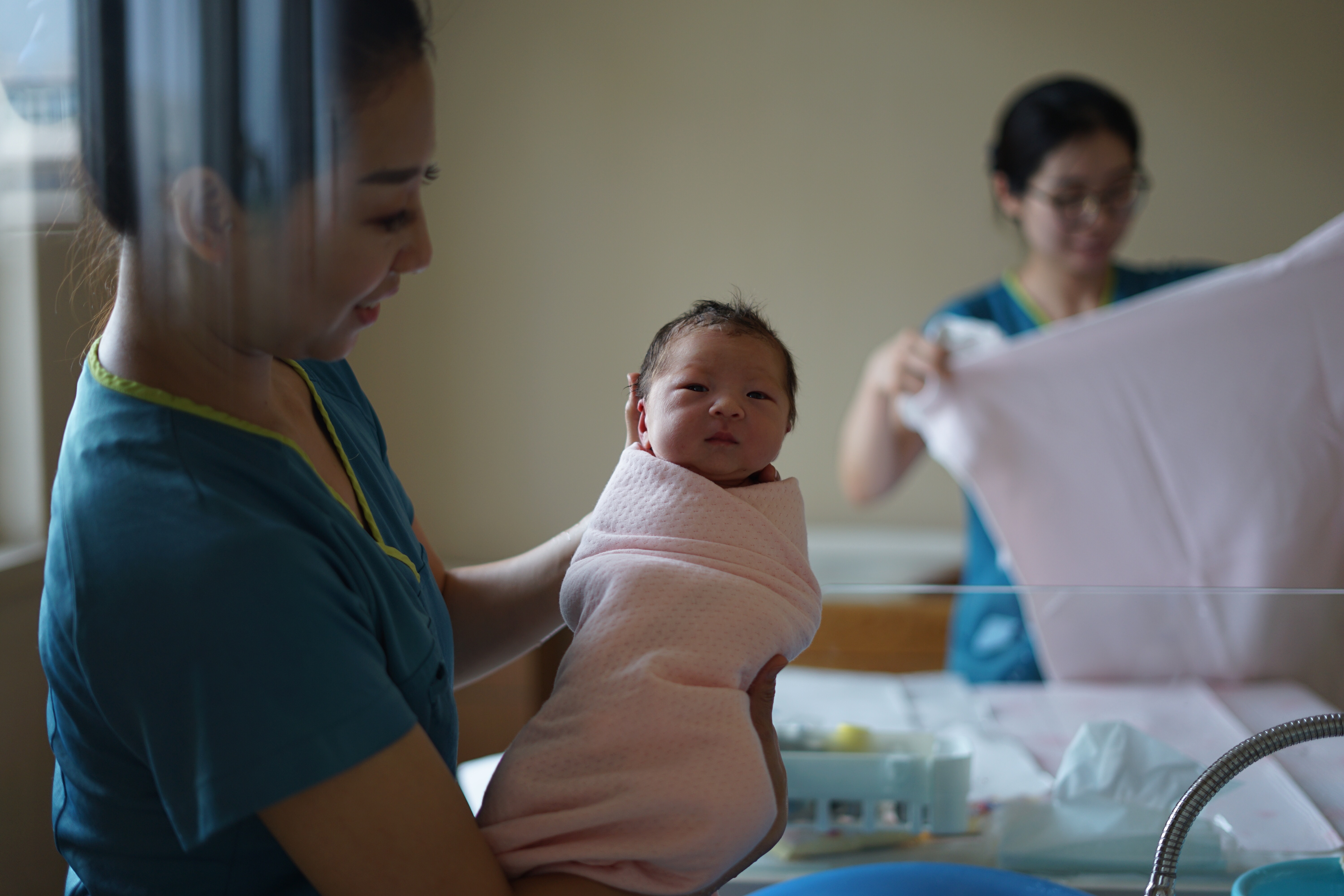In this blog post, we discuss visa bulletin trends and projections for the month of March. The U.S. Department of State (DOS) recently released the March 2020 Visa Bulletin revealing some good and bad news for employment based categories and family preference categories.
Adjustment of Status Filing Charts March 2020:
For Family-Sponsored Filings:
In the F2A category, there is a cutoff date on the Dates for Filing chart. However, the category is “current” on the Final Action Dates chart. Accordingly, applicants in the F2A category may file using the Final Action Dates chart for March 2020.
For all other family-sponsored preference categories, applicants must use the Dates for Filing chart in the Department of State Visa Bulletin for March 2020.
For Employment-Based Preference Filings:
For all employment-based preference categories, applicants must use the Dates for Filing chart in the Department of State Visa Bulletin for March 2020.
Employment-based Categories: The Highlights
China: This month, employment based categories for China experienced varying degrees of forward movement, with EB-3 experiencing the most advancement.
- EB-1 China advanced ten days to June 1, 2017
- EB-2 China advanced one month to August 15, 2015
- EB-3 China advanced nearly three months to March 22, 2016
 Visa Lawyer Blog
Visa Lawyer Blog










